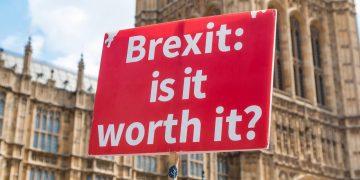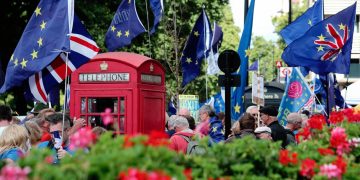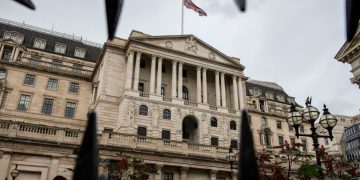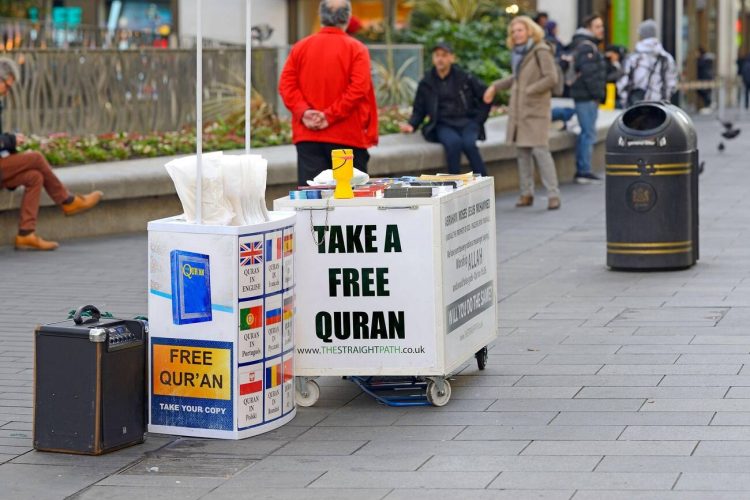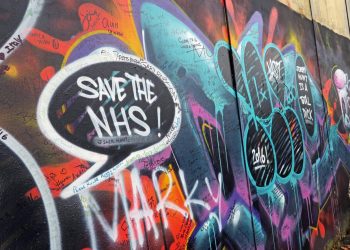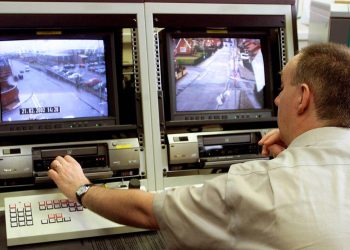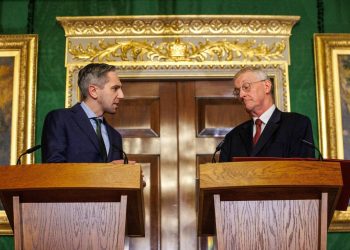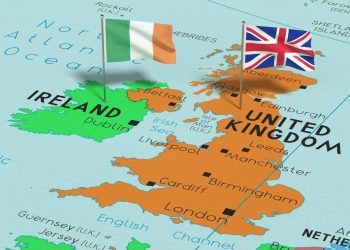In the past few weeks, the United Kingdom has witnessed a wave of violent disorder in politics, an economic crisis and the kind of excitement that motivated so many to riot. This feeling, just like football hooligans worldwide, has long derived from attacking the authorities. But there is no doubt that the attacks have been instigated and orchestrated by right-wing extremists tapping into what are, sadly. Often, there are widespread prejudices – particularly when it comes to people of colour, Muslims, and asylum seekers. This situation is a contestation of Far-right vs. Islam in the UK.
History of Far Rights Riots
From 1780, London suffered a week of violent anti-Roman Catholic disorder. In the late 1950s, various towns and cities were afflicted by “race riots” on the part of white men objecting to the arrival of Black and South Asian immigrants from the British Commonwealth. More recently, 2001 saw riots in cities and towns in northern England, most notably in Oldham, Greater Manchester, which saw clashes between far-right activists and people from the town’s south Asian (predominantly Pakistani-origin) community.
Recently, riots by the far right have impacted some 20 towns and cities across the UK. Police arrested hundreds of them, and there has been violence against properties and buildings and also against people, particularly Muslims. All of this is seemingly a response to misinformation following a knife attack on a children’s dance class in the northern town of Southport in which three small girls were killed. Online rumours suggested the attacker was a Muslim asylum seeker. Anti-Islam actors quickly mobilized. The violence has been ongoing. We can frame recent riots as Far-right vs. Islam in the UK.
Economic crisis ignites right-wing extremism
The current economic recession has put UK society under stress. Whether real or perceived, tensions between the different communities that make up modern Britain are being exploited by groups with extremist agendas. It is resulting in a rise in violent crime directed against Islam and an increase in political extremism more generally.
The link between economic recession and a rise in political extremism is a worrying trend with a solid historical precedent. The Great Depression saw the rise of National Socialism in Weimar Germany. It resulted in Adolf Hitler securing power for the Nazi party at a time of great economic turmoil around the world. At the same time, in Britain, Sir Oswald Mosley, leader of the British Union of Fascists (BUF), supported when millions were out of work.
Raising Islamophobia
Fears spread over the city as Islamophobic and racist riots took place. It was in the wake of the killing of three young girls in Southport, less than one hour’s drive from here. Rumours on social media falsely claimed that the suspect was a Muslim and an asylum seeker. As political attention shifted towards a rise in undocumented migrants crossing the Channel, many say brown and Black asylum seekers have been thrown into the same category.
Far rights attacked Muslims, refugees, and non-white people at random in the riots. During Israel’s continuing war on Gaza, anti-Muslim hate crimes have increased. Far-right vs. Islam in the UK has different signs. One of them is how they interpret the Gaza crisis. According to TellMAMA, such incidents tripled in the first four months of the conflict. Research by the Institute for Strategic Dialogue also shows a sharp rise in anti-Muslim content across online platforms during the same period.
Social Media and Far-right vs. Islam in the UK
In the recent crisis, social media plays an important role. Right-wing activist Laurence Fox, who has more than half a million followers on X, posted anti-Islam content. “Enough of this madness now. We need to remove Islam from Great Britain permanently. Completely and entirely.” He posted. Other pundits, such as GB News presenter and Brexit campaigner Darren Grimes, linked the attack to government refugee policy. Social media is a new battlefield of Far-right vs. Islam in the UK.
The threat from Extreme Right-wing Terrorism is on an upward trajectory, populated by an increasing number of young people and the internet effect on them. There are reports that groups and individuals have sought to co-opt the COVID-19 pandemic, using conspiracy theories and exploiting grievances to radicalize and recruit. At the same time, the full impact of the global pandemic has yet to be seen. Events such as the pandemic and the Black Lives Matter protests may have affected the extremist beliefs of individuals. The possibility is that this will lead to an increase in the threat.
Recognition of Far-right as a threat
MI5 and Counter Terrorism Policing (CTP) are responsible for tackling Extreme Right-wing Terrorism (ERWT). The Joint Terrorism Analysis Centre has defined ideological categories since May 2019. There are examples like White Supremacy, White Nationalism, and Cultural Nationalism. These groups identify themselves against other identities. One of their identical enemies is Muslims and refugees. They define themselves with Far-right vs. Islam in the UK.
A poll released last week found that 92 per cent of British Muslims feel “much less safe” after the far-right riots. Many expressed fear of leaving their homes, as one in six people reported to have personally experienced a racist attack. Also, two-thirds stated that they witnessed one against a fellow Muslim.
Media and Government responsible for demonizing Muslims
Decades of hostile media rhetoric and discriminatory government policy have resulted in the normalization of Islamophobia. And the failure to tackle it guarantees we’ll see a repeat of these ugly riots. The reasons for this are two-fold. For one, British media has long peddled a manufactured narrative that Muslims don’t assimilate or uphold “British values.” they’re prone to violence, that Muslim men are involved in paedophilia and the rape of white women. Muslim women are both oppressed and also a threat to British culture.
It’s thus unsurprising that a 2022 survey found that over a quarter (25.9 per cent) of the British public felt negatively toward Muslims. Dehumanizing terminology dominated British tabloids, which referred to refugees as an “influx,” “flood,” “hordes,” and “swarms.” And outlets amplified fears by using military metaphors and war imagery. Headlines like “send in the army” to stop the “invasion” create this false image.

